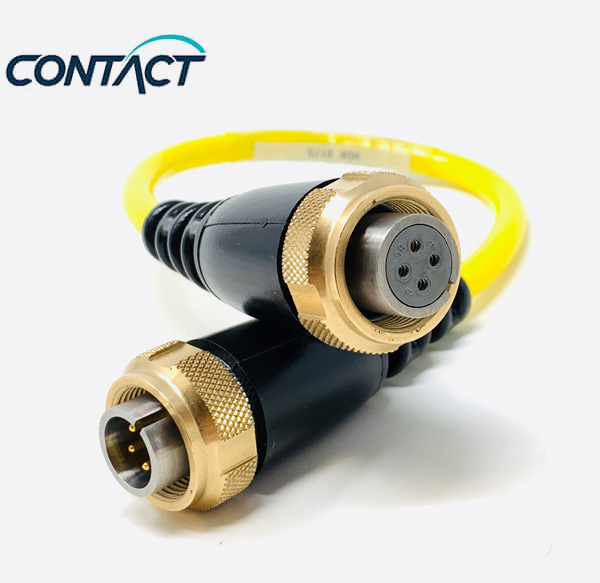In any well-servicing market, it is crucial to use the right torque gauge at all times. This not only ensures your equipment is being used properly, but it can also prevent you from damaging any expensive tools or parts.
This comprehensive blog post will go over four types of torque gauges and discuss when they should be used. So keep reading.
What is Torque Gauge & What are its uses in oil & gas fields in drilling operations?
A torque gauge is a type of transducer, specifically an electrical device that converts rotary or dynamic torques into another physical variable. In this case, standard signals that can be measured and converted.
As the applied force increases on the sensor (the output), it changes proportionately as desired by those who need these measurements for use in their application(s).
Types of Torque Gauges
There are four types of torque gauges, and each type has its advantages and disadvantages. Have a quick look into each one;
Torque Gauge digital – Digital torque gauges are the most accurate and easy to use. They can be calibrated to measure torque in either clockwise or counterclockwise direction. Digital torque gauges are also the most expensive.
Digital torque gauges are the most accurate but also the most expensive. A mechanical or deadweight torque gauge may be a better choice if accuracy is not a critical concern. A deadweight torque gauge is the most affordable option if the price is a major consideration.
When to use a digital torque gauge?
There are a few instances when using digital torque gauge is most suitable one. For instance, if you need to get very precise readings, or if you’re working in a hostile environment where debris or liquids could damage the sensitive inner workings of an analog torque gauge, then a digital gauge is a safer option.
Besides, they’re also used for taking measurements over a longer period since there’s no moving parts that can wear out. However, digital torque gauges can be more expensive than analog ones and require batteries to operate. If you’re not looking for extra features and precision a digital gauge offers, then an analog torque gauge will probably suffice.
Mechanical Torque Gauge – Mechanical torque gauges are less accurate than digital torque gauges but are more durable. They can be used in both clockwise and counterclockwise directions. Mechanical torque gauges are also less expensive.
When to use Mechanical Torque Gauge?
Mechanical torque gauges are used in tension and compression testing. In tension testing, the load or force is applied to pull on the specimen. In compression testing, the load or force is applied to push on the specimen.
Hydraulic Torque Gauge – Hydraulic torque gauges are the most expensive gauge type but are also the most accurate. They use a hydraulic system to measure torque, so they are not affected by gravity like other types of gauges.
The main advantages of the hydraulic torque gauge are its accuracy and ability to measure high levels of torque. However, the disadvantages of the hydraulic torque gauge include its cost and the fact that it is more difficult to use than the mechanical torque gauge.
When to use a hydraulic torque gauge?
The hydraulic torque gauge is used when there is a need for more accuracy than what is achievable with the mechanical torque gauge. It is also used when there is a requirement to measure very high torque levels.
Pneumatic Torque Gauge – Pneumatic torque gauges are similar to hydraulic gauges but use air pressure instead of hydraulic fluid. They are less expensive than hydraulic gauges but are not as accurate.
When to use a pneumatic torque gauge?
Pneumatic torque gauges are commonly used in industrial environments to apply a specific torque level to a fastener or nut. They are often used with other tools, such as wrenches or sockets, to achieve the desired outcome.
There are a few key factors that you should take into consideration when deciding whether or not to use a pneumatic torque gauge.
- Think about the specific application. What are you trying to achieve?
- Consider the materials that you’ll be working with. Are they compatible with the use of compressed air?
- Take into account the safety concerns associated with using high-pressure air.
If you’re looking for a way to apply a high torque level to a fastener, then a pneumatic torque gauge may be the right choice. Just be sure to consider the specific application and materials you’ll be working with before making your final decision.
These were the best yet the most popular torque gauges that are often required, along with custom instrument cables and Custom molded cables for a smooth drilling operation. To make sure you make it worth using, what mainly matters is choosing the right type of torque gauge.
How to Calibrate a Torque gauge for Accurate Measurements?
Calibrating a torque gauge is fairly simple, but it is important to do it correctly to ensure accurate measurements. Here are the steps to calibrate a torque gauge:
- Make sure the torque gauge is properly connected to the object being measured.
- Set the torque gauge to zero by turning the knob or pressing the button.
- Apply a known force to the object being measured. This can be done by using a weight or another torque gauge that has been calibrated.
- Adjust the torque gauge until it reads the same as the known force.
- Repeat steps 3 and 4 until the torque gauge is consistently accurate.
It is important to note that torque gauges should be calibrated regularly to ensure accurate measurements. Depending on the frequency of use, it is generally recommended to calibrate a torque gauge at least once per year.
